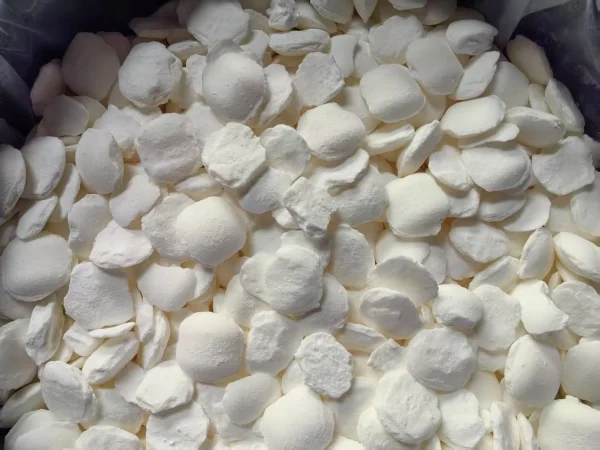
Sodium cyanide (NaCN) is a highly toxic inorganic compound that poses significant risks to human health and the environment. This article aims to provide a comprehensive understanding of its toxicity and the essential First aid measures in case of exposure.
Understanding the Toxicity of Sodium Cyanide
Mechanism of Toxicity
Sodium cyanide releases cyanide ions (CN-) when it comes into contact with water or acids. These cyanide ions have an extremely high affinity for iron in cytochrome oxidase, an enzyme crucial for the electron transport chain in cells. By binding to cytochrome oxidase, cyanide disrupts the normal flow of electrons, effectively halting aerobic respiration. As a result, cells are unable to use oxygen to produce energy in the form of adenosine triphosphate (ATP), leading to rapid cell death.
Routes of Exposure
Inhalation: Inhalation of cyanide gas, which can be produced when Sodium cyanide reacts with acids or heat, is one of the most dangerous routes of exposure. Even a small amount of inhaled cyanide can quickly enter the bloodstream through the lungs and cause systemic toxicity.
Ingestion: Swallowing Sodium Cyanide in any form, whether as a solid, dissolved in water, or in contaminated food or beverages, can also lead to severe poisoning. The acidic environment of the stomach can accelerate the release of cyanide ions, increasing the speed of absorption into the body.
Dermal Contact: Although the skin provides some protection, prolonged or extensive contact with sodium cyanide can allow the chemical to penetrate the skin and enter the bloodstream. This is especially true if the skin is broken, abraded, or has been in contact with water, as it can enhance the absorption of cyanide.
Acute Toxicity Symptoms
Initial Symptoms: Victims may experience rapid onset of symptoms, starting with headache, dizziness, weakness, and confusion. They may also feel shortness of breath, rapid breathing, and have a rapid heart rate. There may be a characteristic "almond - like" odor on the breath, although not everyone can detect this smell.
Progression of Symptoms: As the poisoning progresses, symptoms become more severe. Seizures, loss of consciousness, and respiratory failure can occur. In extreme cases, cardiac arrest may follow, leading to death within minutes to hours of exposure, depending on the dose and route of exposure.
First Aid Measures for Sodium Cyanide Exposure
Immediate Actions at the Scene
Ensure Safety: Before providing any first aid, the rescuer must ensure their own safety. Wear appropriate personal protective equipment, such as gloves, goggles, and a respiratory mask, to avoid secondary exposure to cyanide. If the exposure occurred in an enclosed space, evacuate the area immediately and move to fresh air.
Call for Emergency Medical Services: Dial the local emergency number (e.g., 911 in the United States) as soon as possible. Provide clear information about the nature of the exposure, the suspected amount of sodium cyanide involved, and the current condition of the victim.
First Aid for Inhalation Exposure
Move to Fresh Air: If the victim has inhaled cyanide, quickly move them to an area with fresh air. Loosen any tight clothing around the neck, chest, or waist to improve breathing. Keep the victim warm and comfortable.
Monitor Breathing: Continuously monitor the victim's breathing. If breathing has stopped or is severely impaired, start cardiopulmonary resuscitation (CPR) immediately if you are trained to do so. Use a barrier device, such as a face shield, to avoid contact with the victim's mouth and nose.
First Aid for Ingestion Exposure
Do Not Induce Vomiting: Contrary to some other poisonings, inducing vomiting is not recommended for sodium cyanide ingestion. This is because vomiting can increase the risk of aspiration of cyanide - containing material into the lungs, which can further exacerbate the situation.
Rinse the Mouth: If the victim is conscious, rinse their mouth thoroughly with water to remove any remaining sodium cyanide. Do not give the victim anything to eat or drink unless instructed by medical personnel.
First Aid for Dermal Exposure
Remove Contaminated Clothing: Immediately remove any clothing that has come into contact with sodium cyanide. Be careful not to spread the contamination to other parts of the body or to the rescuer.
Wash the Skin: Wash the affected skin area with large amounts of running water for at least 15 - 20 minutes. Use mild soap if available, but avoid scrubbing the skin vigorously as this can increase absorption. After washing, cover the area with a clean, dry dressing.
In conclusion, sodium cyanide is a highly toxic substance, and any suspected exposure requires immediate action. By understanding its toxicity and being familiar with the proper first aid measures, we can potentially save lives in the event of an emergency.
- Random Content
- Hot content
- Hot review content
- Toxicity Assessment of Sodium Cyanide and Relevant Hazard Prevention Measures
- Oxalic acid for mining 99.6%
- 99.5% min Ammonium Chloride For Industrial Use
- Manganese sulfate
- Sodium Metasilicate Pentahydrate
- Diethylene Glycol
- Zinc sulfate monohydrate 98% Industrial & Feed Grade
- 1Discounted Sodium Cyanide (CAS: 143-33-9) for Mining - High Quality & Competitive Pricing
- 2Sodium Cyanide 98% CAS 143-33-9 gold dressing agent Essential for Mining and Chemical Industries
- 3Sodium Cyanide 98%+ CAS 143-33-9
- 4Anhydrous Oxalic acid 99.6% Industrial Grade
- 5Oxalic acid for mining 99.6%
- 6Soda Ash Dense / Light 99.2% Sodium Carbonate Washing Soda
- 7Reagent Grade/Industrial Grade Hydrochloric Acid min.31%
- 1Sodium Cyanide 98% CAS 143-33-9 gold dressing agent Essential for Mining and Chemical Industries
- 2High Quality 99% Purity of Cyanuric chloride ISO 9001:2005 REACH Verified Producer
- 3 High-Quality Sodium Cyanide for Leaching
- 4Powdery emulsion explosive
- 5Industry Grade Electron grade 98% Sulfuric Acid H2SO4 Sulphuric Acid Battery Acid Industrial Sulfuric Acid
- 6Colloidal emulsion explosive
- 7sodium hydrosulfide 70% flakes used Mining Industry

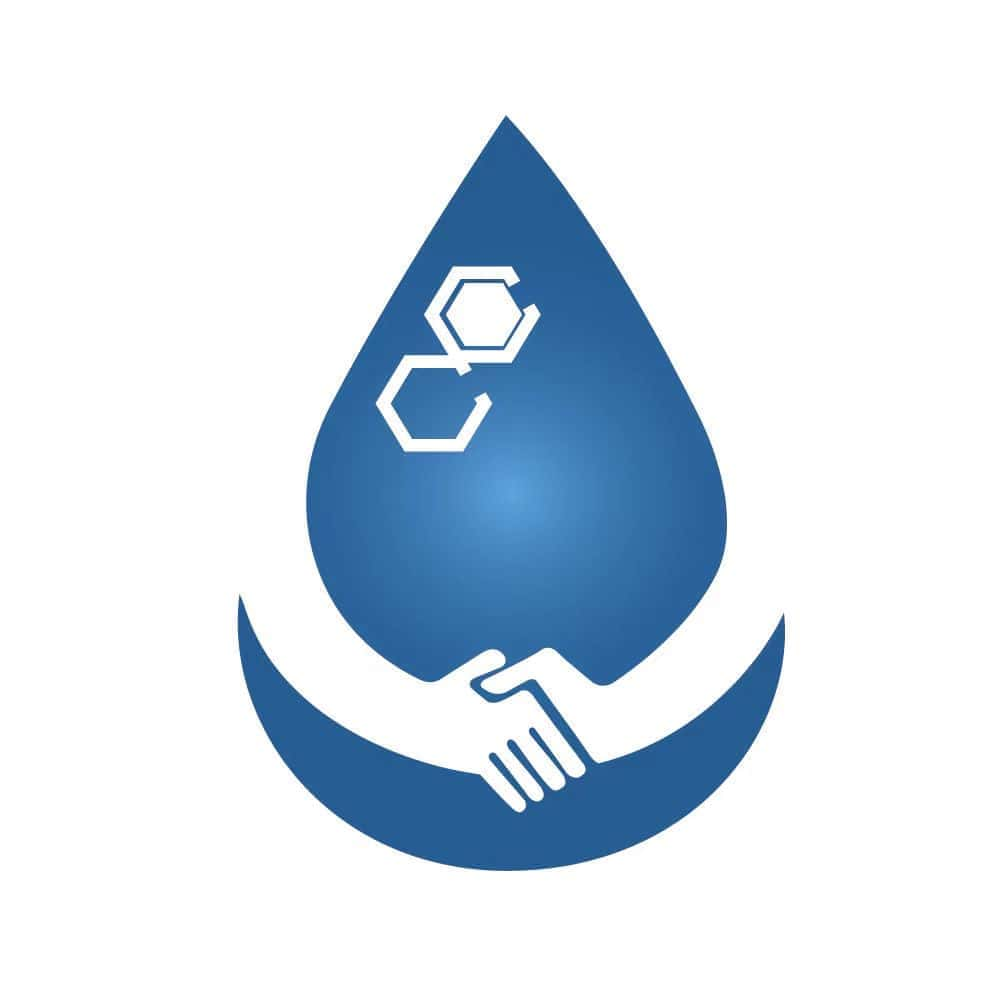

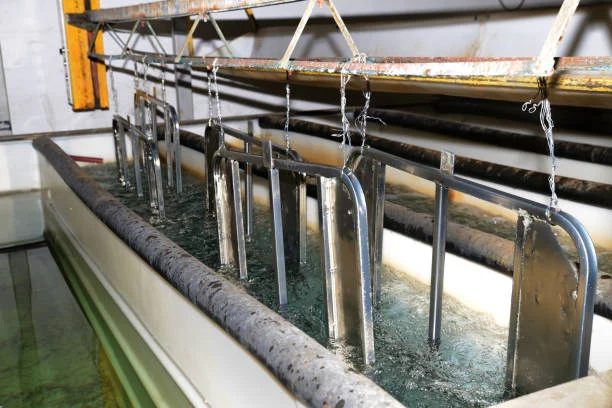
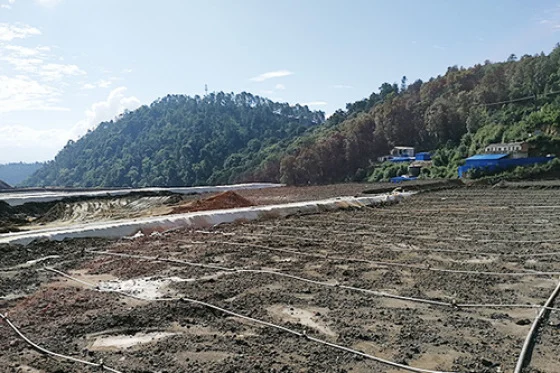

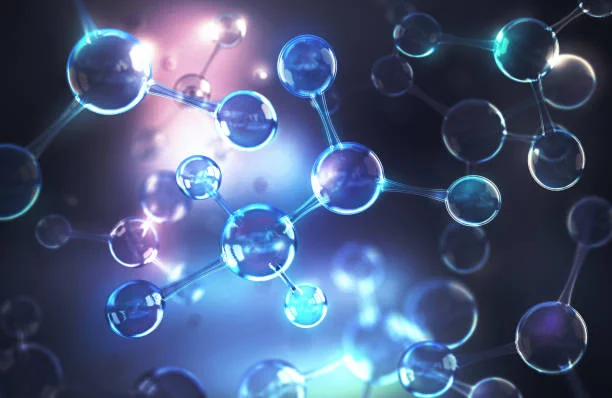

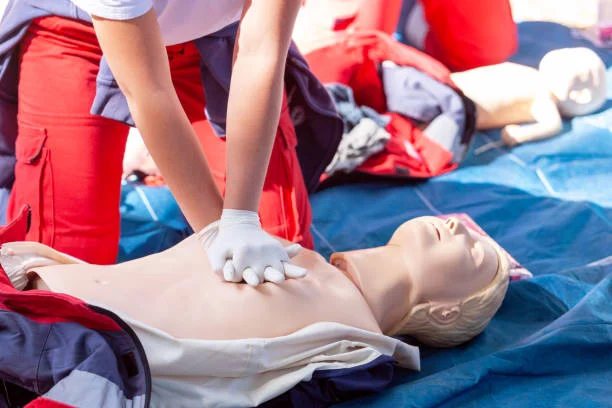



Online message consultation
Add comment: